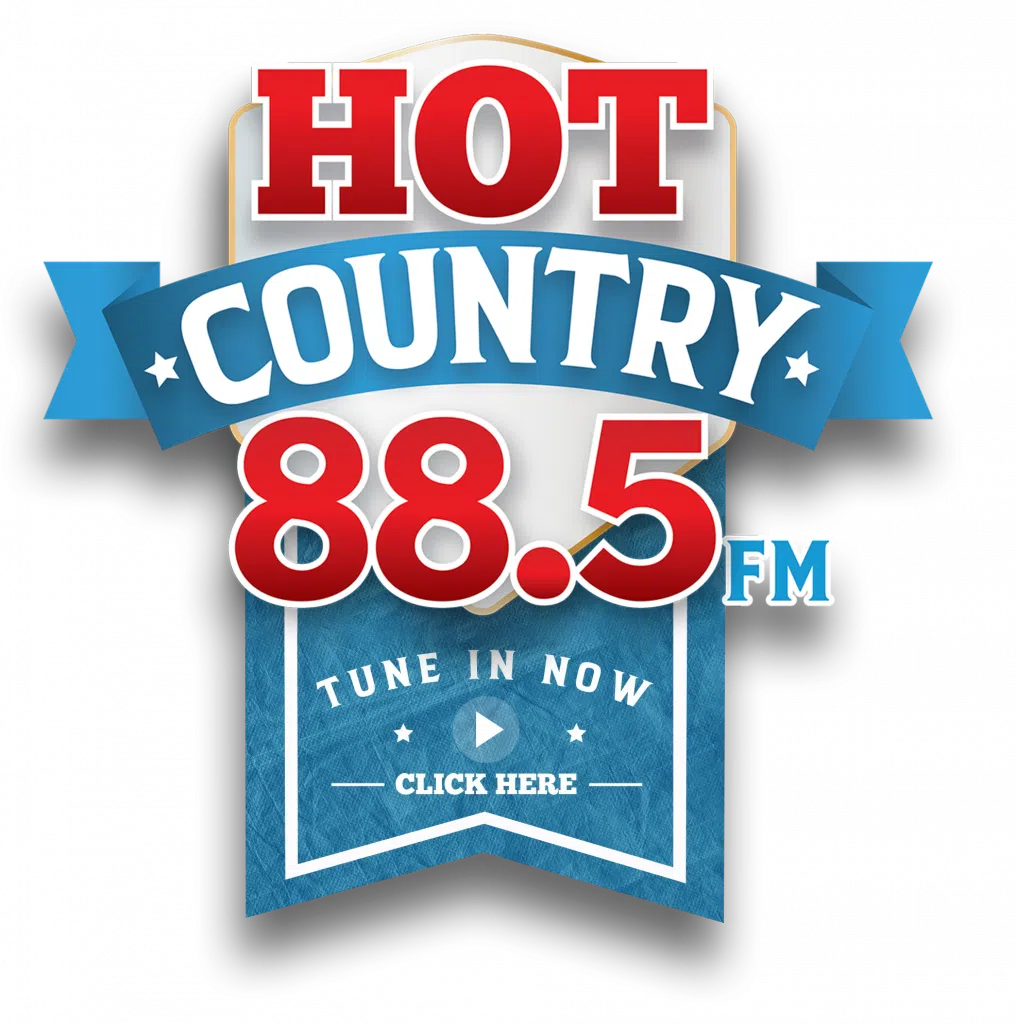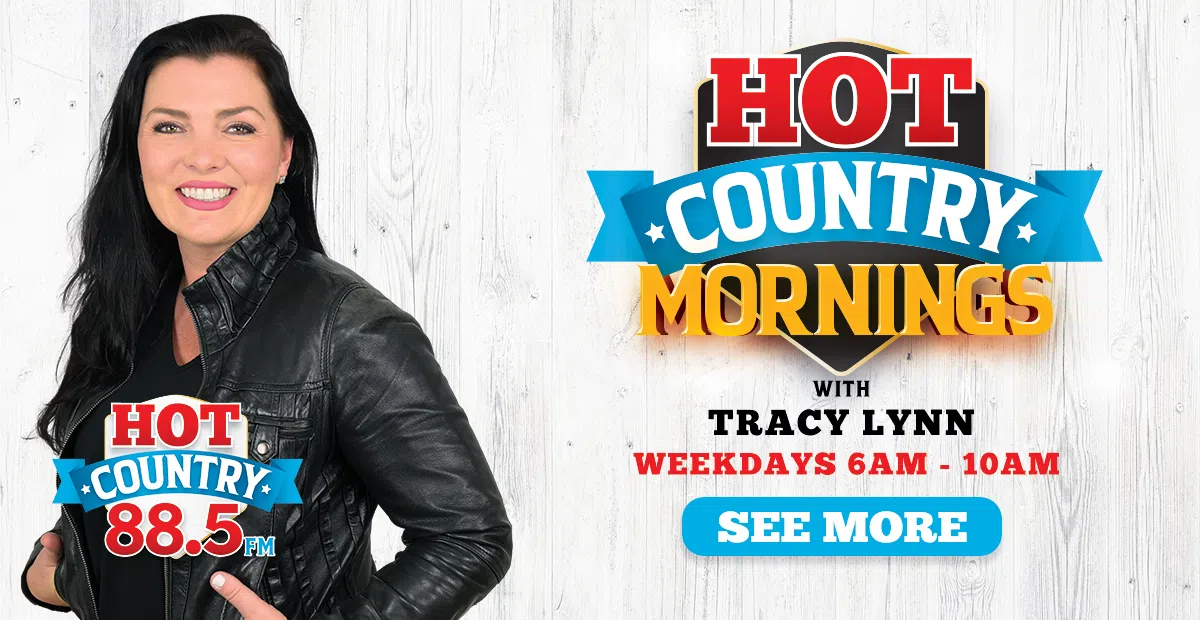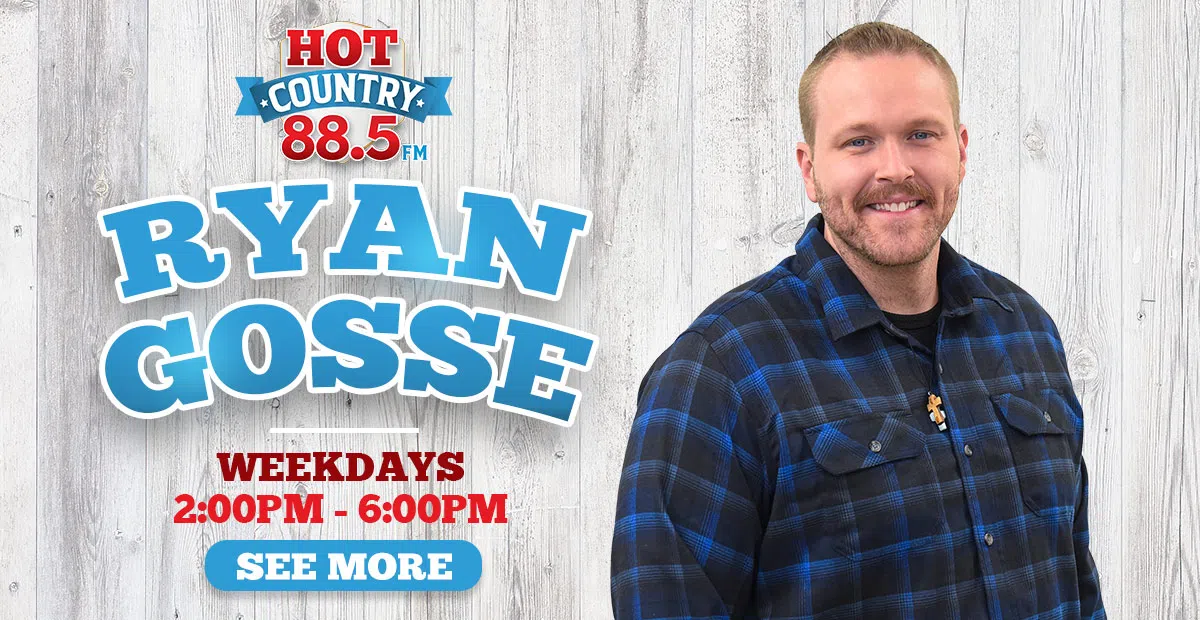Summary
This is Evanov Communication’s three-year plan to become a more accessible broadcaster and employer for people with disabilities.
We consulted with people with disabilities to identify barriers in our company and to create this plan. The major barriers identified centered around accessibility in our physical spaces, and the need to create awareness and provide training about disability and accessibility.
This plan addresses how we will remove barriers within our control and prevent the creation of new barriers, to make it easier for individuals with disabilities to work with us, use our services, and fully engage with us as a broadcaster.
Over the next three years, Evanov Communications will be continually evaluating this plan and considering the feedback we receive about its implementation, from the public, our clients, and our employees. We will then create and publish a new plan before June 1, 2026.
About Us
Evanov Communications is an independent radio broadcaster and communications company with the core values of teamwork, commitment, innovation, accountability, integrity and belonging. We own and operate 16 radio stations across three provinces in Canada and have offices in 6 locations.
Taking into Account the Principles of Section 6 of the Accessible Canada Act
Evanov Communications created this plan to align with our core values and the following principles, set out in section 6 of the Accessible Canada Act:
- All persons must be treated with dignity regardless of their disabilities.
- All persons must have the same opportunity to make for themselves the lives that they are able and wish to have regardless of their disabilities.
- All persons must have barrier-free access to full and equal participation in society, regardless of their disabilities.
- All persons must have meaningful options and be free to make their own choices, with support if they desire, regardless of their disabilities.
- Laws, policies, programs, services and structures must take into account the disabilities of persons, the different ways that persons interact with their environments and the multiple and intersecting forms of marginalization and discrimination faced by persons.
- The development and revision of accessibility standards and the making of regulations must be done with the objective of achieving the highest level of accessibility for persons with disabilities.
General
Definitions
In this plan, disability, barrier, and accessibility have the following meanings:
Disability: any impairment, including a physical, mental, intellectual, cognitive, learning, communication or sensory impairment – or a functional limitation – whether permanent, temporary or episodic in nature, or evident or not, that, in interaction with a barrier, hinders a person’s full and equal participation in society.
Barrier: anything – including anything physical, architectural, technological or attitudinal, anything that is based on information or communications or anything that is the result of a policy or practice – that hinders the full and equal participation in society of persons with an impairment, including a physical, mental, intellectual, cognitive, learning, communication or sensory impairment or a functional limitation.
Accessibility: The adaptation of physical spaces, technology, products, services, policies, programs, and attitudes to permit all individuals, including those with disabilities, to engage fully with the world around them without limitations.
Feedback
You are welcome to submit feedback on how we are implementing this plan, or the barriers that you encounter in interacting with us, using our services, or working with us.
Feedback can be submitted to Evanov Communication’s General Counsel.
When providing feedback, you can let us know who you are, or you can remain anonymous. If you want to remain anonymous, please do not include any information that might identify you, such as your name or return mailing address. If your email address includes your name or other identifying information, and you want to remain anonymous, you should submit feedback using one of the other methods listed.
You can submit feedback by contacting us through:
- our online form, accessible here: www.evanov.ca/contact/;
- email, at accessibility@evanov.ca;
- telephone, at 416-213-1035 and asking to speak with our General Counsel;
- mail, c/o General Counsel, Evanov Communications, 5312 Dundas Street West, Toronto, Ontario M9B 1B3.
Evanov Communications is required by law to report publicly on all feedback that we receive, but your identity will be kept confidential unless you expressly permit us to disclose your identity to third parties.
We will acknowledge receipt of all feedback, except for feedback that has been submitted anonymously.
Accessible Format Requests
You can request this plan, or a description of our feedback process, in a more accessible format by:
- submitting a request via our online form, accessible here: www.evanov.ca/contact/;
- emailing us at: accessibility@evanov.ca;
- calling us at: 416-213-1035 and asking to speak with our General Counsel;
- by sending a letter to our mailing address c/o General Counsel, Evanov Communications, 5312 Dundas Street West, Toronto, Ontario M9B 1B3.
More accessible formats that Evanov Communications will provide include: print format; large print format (increased font size); braille; audio format; and an electronic format compatible with adaptive technology. We may also agree to provide you with this plan, or a description of our feedback process, in a format not listed here, upon your request. Braille or audio format will be provided within 45 days, and all other specified formats, within 15 days of the date of your request.
You can also click on the link below to access an audio recording of this plan and our feedback process
https://evanov.ca/accessibility-audio/
Consultations
In preparing this plan, we posted a notice on our corporate website and each of our radio station websites inviting members of the public to provide feedback on how we could improve the accessibility of our services. This notice has been up on our websites since June 1, 2022.
Evanov Communications also held a townhall with employees, including employees with disabilities, to discuss barriers and accessibility issues that they have experienced or observed while working with us. We also provided an internal electronic form for employees to submit feedback on barriers and accessibility issues, with an option to self-identify as a person with disabilities. To promote open and free discussion, employees also had the option of submitting the form anonymously.
Areas under Section 5 of the Accessible Canada Act
Employment
Evanov Communications wants to remove barriers that prevent great people from applying to work with us because they have a disability. We want to remove barriers for current and future employees with disabilities to support their career advancement and self-fulfillment, and because we respect their dignity.
We make efforts to increase the representation of people with disabilities in our employee base. We are an equal opportunities employer and ensure every job advertisement we post includes our Equal Opportunities Employer statement. We offer accommodation to individuals with disabilities during the application, interview, and hiring process.
We have created an internal feedback process where employees can submit anonymous feedback about accessibility and barriers to accessibility that they experience or observe in working with us.
When employees are hired, they can self-identify as an individual with a disability. We continually review the number of employees who identify as individuals living with disability to determine the success of the measures we put in place to increase the representation of people with disabilities amongst our employees. We also continually consider and discuss ways to increase this representation.
We have instituted a scent-free environment policy and prohibit smoking on our properties.
In our consultations, a repeated issue raised was the need to create awareness about disabilities throughout our company. In response, we have included the steps that we will take to train and educate employees about disability and accessibility in our plan.
Over the next three years, to meet our objectives of removing further barriers within our control in the hiring and retention of our employees, we will:
- immediately, request that all of our health and safety committees assess health and safety through an accessibility lens at each committee meeting, including from an employee perspective;
- by September 1, 2023, incorporate questions on accessibility into our employee exit interview questionnaire;
- by December 1, 2023, evaluate our job posting formats for accessibility;
- by December 1, 2023, create a policy on providing accommodation to employees with disabilities specific to the onboarding process;
- by June 1, 2024, provide inclusive hiring practice training to all hiring managers and create a policy for providing this training during onboarding when we hire new hiring managers;
- by June 1, 2025, provide training to all employees about disabilities and accessibility and create a policy for providing this training during onboarding when we hire new employees;
- by December 1, 2025, evaluate the previous training provided and determine whether any additional training or educational activities should be implemented;
- by December 1, 2025, conduct a survey of employees concerning accessibility and barriers to accessibility to evaluate our previous efforts at removing barriers to determine further steps to be taken; and
- before June 1, 2026, incorporate the results of our employee survey into our next accessibility plan.
The Built Environment
Evanov Communications wants to remove barriers in our physical spaces for people with disabilities.
We require all of the new spaces we rent, lease, or purchase to be accessible. We also assess every major renovation we complete from an accessibility framework so that any work removes, rather than creates, barriers and make the relevant physical spaces more accessible for people with disabilities where possible.
We have begun an assessment of all our current spaces to identify barriers and improve their accessibility.
To meet our objectives in removing further barriers in our built environment, over the next three years we will:
- by September 1, 2023, install scent-neutral deodorizers in all of our bathrooms;
- by December 1, 2023, provide employees with disabilities the opportunity to have their personal physical workspaces assessed to identify and remove barriers within our control;
- by June 1, 2024, complete our assessment of the common spaces in each of our existing spaces to identify existing barriers; and
- by December 1, 2024, initiate steps to remove or remedy barriers identified in our assessment of our existing common spaces that we are in a position to remove or remedy.
Information and Communication Technologies (ICT)
Evanov Communications wants to remove barriers and prevent the creation of new barriers in the information and communication technologies that we use.
We use information and communication technologies to create a more accessible workspace and provide more accessible services. We provide operating and document processing software with accessibility features, including voice-to-text capabilities. We provide telephones with hands-free capabilities. We provide larger computer monitors when required. We permit virtual meetings where possible.
To meet our objectives in removing further barriers in our information and communication technologies, over the next three years we will:
- by June 1, 2024, assess our existing information and communication technologies for accessibility and identify any barriers, or gaps in accessibility as against new developments in information and communication technologies;
- by December 1, 2024, add additional supports in our information and communication technologies to remove the previously identified barriers and accessibility gaps; and
- by June 1, 2025, conduct an employee survey to identify any further barriers or gaps in accessibility in our information and communication technologies.
Communication (other than ICT)
Our business is communication. Evanov Communications wants to connect with everyone and remove barriers and prevent the creation of new barriers that stop individuals with disabilities from fully engaging with us. In this section we outline the steps we will take to become more accessible in our communications, including in our communications related to the design and delivery of our programs and services and employment/employment equity. How we will become more accessible in our communications and remove barriers in our built environments, and our procurement of goods, services, and facilities, are included in our general commitments outlined in those sections.
To meet our objectives in removing further barriers in our communications, over the next three years we will:
- include in all disability and accessibility training for our hiring managers and employees, training and information materials to create awareness about communication barriers, and how to remove those communication barriers, when working with people with disabilities that affect communication;
- by December 2023, provide a link to our feedback form on different webpages hosted on our websites inviting individuals with disabilities to let us know if they experienced any barriers when interacting with these webpages and to provide suggestions on how we can make those webpages more accessible;
- by June 1, 2024, review our websites to identify accessibility issues, taking into account any feedback we have received from individuals with disabilities;
- by December 1, 2024, introduce guidelines and provide training materials to employees on how to write all electronic material we post on our websites, social media, and internally, in clear, easy to understand, language;
- by June 1, 2025, provide training for our on-location promotions staff on disability and accessibility when engaging with the public; and
- by December 1, 2025, develop a digital media accessibility policy which will include provisions on Web Content Accessibility Guidelines (WCAG) 2, accessible fonts, and accessible formats.
Procurement of Goods, Services and Facilities
Evanov Communications wants to remove barriers and prevent the creation of new barriers in our future procurements of goods, services and facilities.
We conduct an accessibility assessment on any new facilities we rent, lease or purchase. We require these spaces to be accessible for individuals with disabilities.
To meet our objectives in removing further barriers in our procurement of goods, services and facilities, over the next three years we will:
- By June 1, 2024, create a policy for the assessment of all major procurement of goods, services and facilities through an accessibility lens; and
- By June 1, 2025, create a resource bank for any new accessibility developments in the goods, services and facilities that we procure.
Design and Delivery of Programs and Services
Our programs and services involve communications. How we will become a more accessible provider in the design and delivery of our programs and services is outlined under the Communication (other than ICT) section of our plan.
Transportation
As Evanov Communications does not provide transportation services this section does not apply to us.
Areas under Section 42(1) of the Accessible Canada Act
Conditions of licence issued under Part II of the Broadcasting Act related to the identification and removal of barriers and the prevention of new barriers.
None of our stations have conditions of licence related to the identification and removal of barriers. However, some of our stations include a condition of licence to consider employment equity issues in our hiring practices and all other aspects of our management and human resources. Evanov Communications considers the identification and removal of barriers in our employment and hiring practices as part of our employment equity mandate.
Provisions of any order made under subsection 9(4) of the Broadcasting Act related to the identification and removal of barriers and the prevention of new barriers
There are no orders applicable to us under subsection 9(4) of the Broadcasting Act related to the identification and removal of barriers and the prevention of new barriers, and this section does not apply to us.
Provisions of any regulations made under subsection 10(1) of the Broadcasting Act related to the identification and removal of barriers and the prevention of new barriers
There are no regulations made under subsection 10(1) of the Broadcasting Act related to the identification and removal of barriers and the prevention of new barriers that have not been already covered in this plan.
Acknowledgement
Evanov Communications thanks all individuals who provided their feedback, comments, input and those who shared their personal experiences of disability, for helping us identify existing barriers, for educating us, and for assisting us with the creation of our plan to become a more accessible broadcaster and employer.








